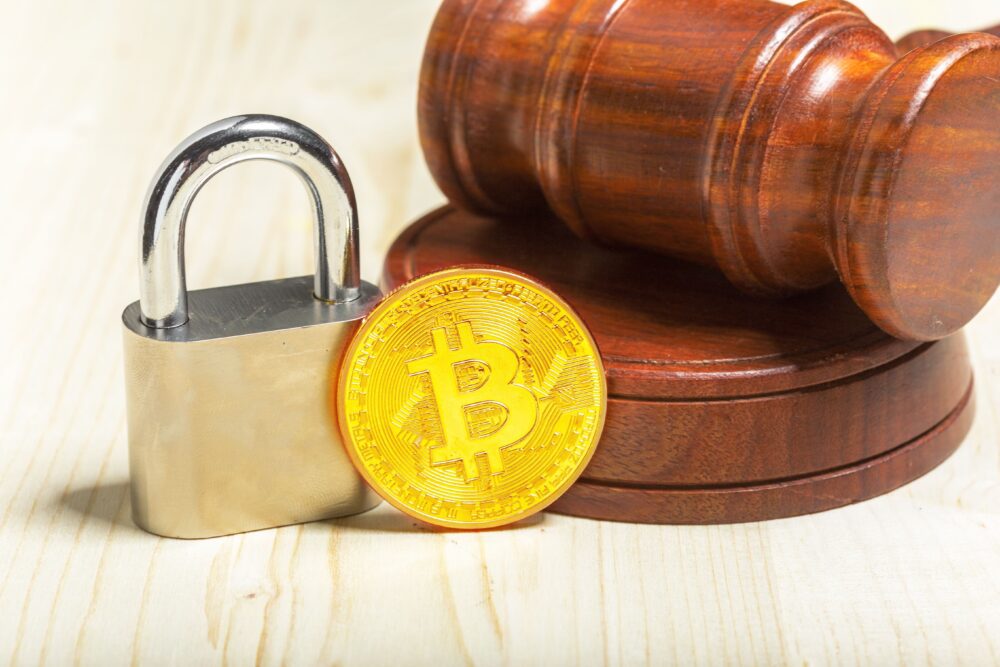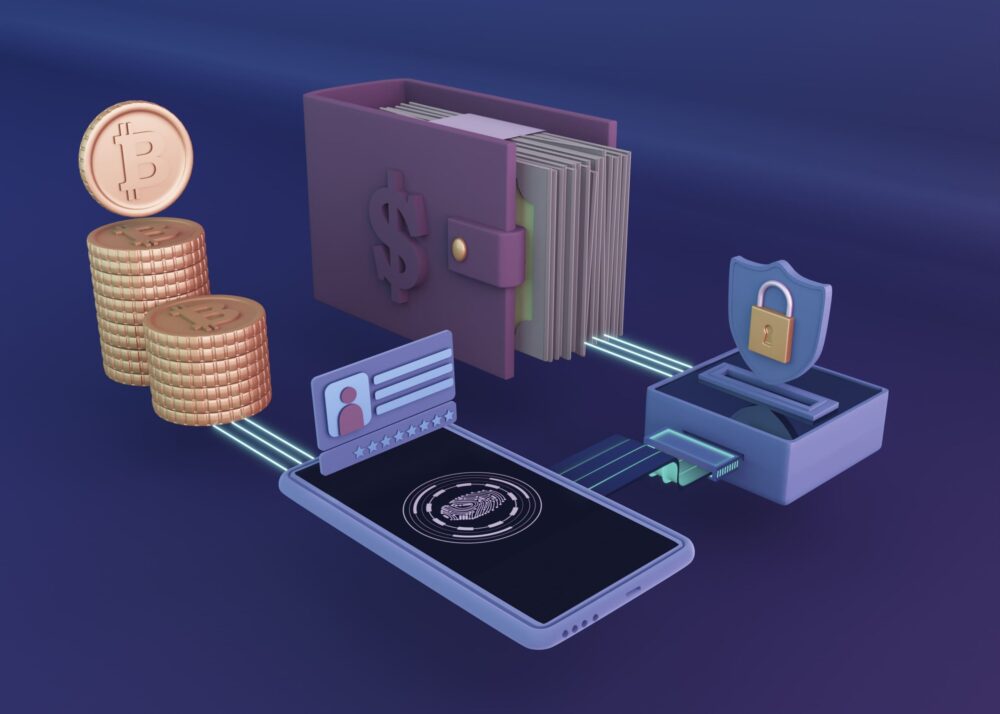Introduction: The Landscape of Finance and Cryptocurrency
Over the past ten years, the world has witnessed a significant shift in the financial sphere, with cryptocurrencies and Decentralized Finance (DeFi) playing pivotal roles. The rise of online services and blockchain technology has made financial systems more inclusive, opening them up to everyone, not just a select few. This transformation is largely attributable to DeFi, which relies on the same foundational technology that supports cryptocurrencies like Bitcoin and Ethereum.
Decentralized Finance (DeFi) and Its Links to Cryptocurrency
DeFi refers to a subset of financial services that utilize blockchain technology and ‘smart contracts’. This innovative approach to finance isn’t controlled by any central authority, thereby presenting an alternative to conventional financial institutions and bolstering the role of cryptocurrencies. As of 2022, the Total Value Locked (TVL) in DeFi stood at around $48.65 billion USD, with an estimated user base of several million people globally. Ethereum, a leading platform for DeFi applications, held a market share of about 58.1% in the overall DeFi market.
Examining DeFi’s Features and Their Extension of Blockchain
DeFi amalgamates the groundbreaking facets of blockchain, reshaping the financial industry to:
Permissionless and Borderless: DeFi and cryptocurrencies are ‘permissionless’, indicating no approval is needed for their use, and ‘borderless’, implying they can be accessed from anywhere globally. This encourages financial inclusiveness and broadens its reach to a diverse range of investors. However, it also introduces risks such as potential misuse, a lack of legal protection in disputes, and susceptibility to fluctuating global market trends.
Transparent: One of the key pillars of DeFi and blockchain technology is transparency. The blockchain publicly records all transactions, providing a deterrent to concealed activities and misinformation. Also, DeFi allows investors to exercise complete control over their assets. But, this level of transparency could infringe upon privacy, and the public nature of transactions could be a deterrent to some users. Additionally, this open visibility could be a magnet for malicious actors seeking to exploit transaction data and patterns.
Composable: The ‘composability’ of DeFi and blockchain allows for seamless integration of diverse DeFi components, fostering the creation of groundbreaking financial services. However, this interconnectedness can potentially trigger a “domino effect,” where a flaw or failure in one component can impact the entire system. The complexity of these systems necessitates a high degree of understanding and technical knowledge, posing a potential barrier for average individuals.
Conclusion
Over the past decade, DeFi has reshaped the financial landscape, offering a decentralized alternative to traditional financial systems and extending the benefits of financial services to a broader audience. However, this transformation has brought its own set of challenges, such as potential misuse, lack of legal protection, and fluctuating global market trends. With DeFi projected to grow at a CAGR of 46.80% between 2023 and 2032, reaching a market size of about USD 446.43 billion, it’s clear that its impact will continue to be significant. It’s important, however, to recognize the need for continued research, understanding, and regulation to navigate the complexities and risks of this emerging field.
Sources of Quantitative Data:
What Is Total Value Locked (TVL) and Why Is It Important to DeFi?










